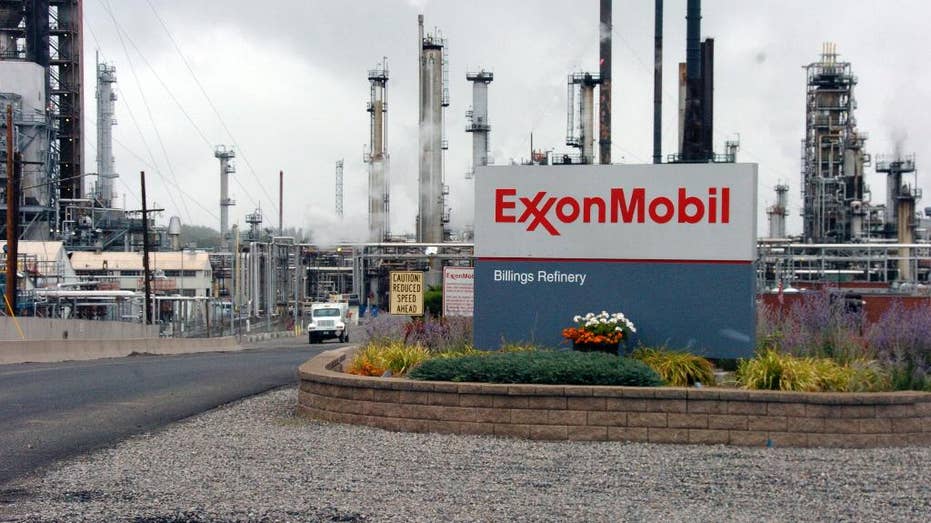
Neal Dingmann of Truist Financial sets a new price target of $124 for Exxon Mobil Corporation, indicating an 8.8% upside potential.
The downgrade from Buy to Hold reflects a cautious outlook amidst anticipated growth and existing uncertainties.
Exxon Mobil’s operational decisions and environmental strategies remain focal points for investors and stakeholders, amidst market volatility and strategic challenges.
Neal Dingmann of Truist Financial recently set a new price target for Exxon Mobil Corporation (NYSE:XOM), a leading player in the global energy sector. With a rich history in oil and gas exploration and production, Exxon Mobil has been a significant figure in the energy industry, facing both market highs and lows alongside its competitors. Dingmann’s price target of $124 suggests an optimistic outlook on the company’s stock, despite a recent downgrade from Buy to Hold. This adjustment reflects a nuanced view of Exxon Mobil’s current position and future prospects in the market.
At the time of Dingmann’s announcement, Exxon Mobil’s shares were trading at $113.97. This price point indicates an 8.8% upside potential to reach the newly set target. Such a forecast underscores a belief in Exxon Mobil’s ability to grow or maintain its value in the near future. However, the downgrade to Hold signals a cautious stance, suggesting that while growth is anticipated, significant uncertainties or limitations may temper the company’s stock performance.
In the backdrop of this financial analysis, Exxon Mobil’s operational and strategic decisions continue to draw attention from investors and stakeholders alike. Vanguard, a major investment firm, recently expressed its support for Exxon Mobil’s director nominees at the company’s annual meeting. This endorsement from Vanguard, despite raising concerns about Exxon’s legal actions against climate activists, highlights the complex interplay between corporate governance, environmental responsibility, and shareholder rights. Such dynamics are increasingly relevant in evaluating Exxon Mobil’s position within the energy sector, especially as environmental scrutiny intensifies.
The company’s stock performance, with a recent increase to close at $113.97, reflects ongoing investor interest and market movements. Over the past year, Exxon Mobil’s shares have seen highs and lows, reaching up to $123.75 and dipping to $95.77, showcasing the volatility and risks inherent in the energy market. With a market capitalization of approximately $511.26 billion and a trading volume around 13.1 million shares, Exxon Mobil remains a heavyweight in the industry, navigating through market fluctuations and strategic challenges.
This financial and operational context sets the stage for understanding the implications of Dingmann’s price target and the downgrade of Exxon Mobil’s stock. As the company continues to address environmental concerns, shareholder rights, and market expectations, its stock performance will be a key indicator of its ability to adapt and thrive in the evolving energy landscape.

